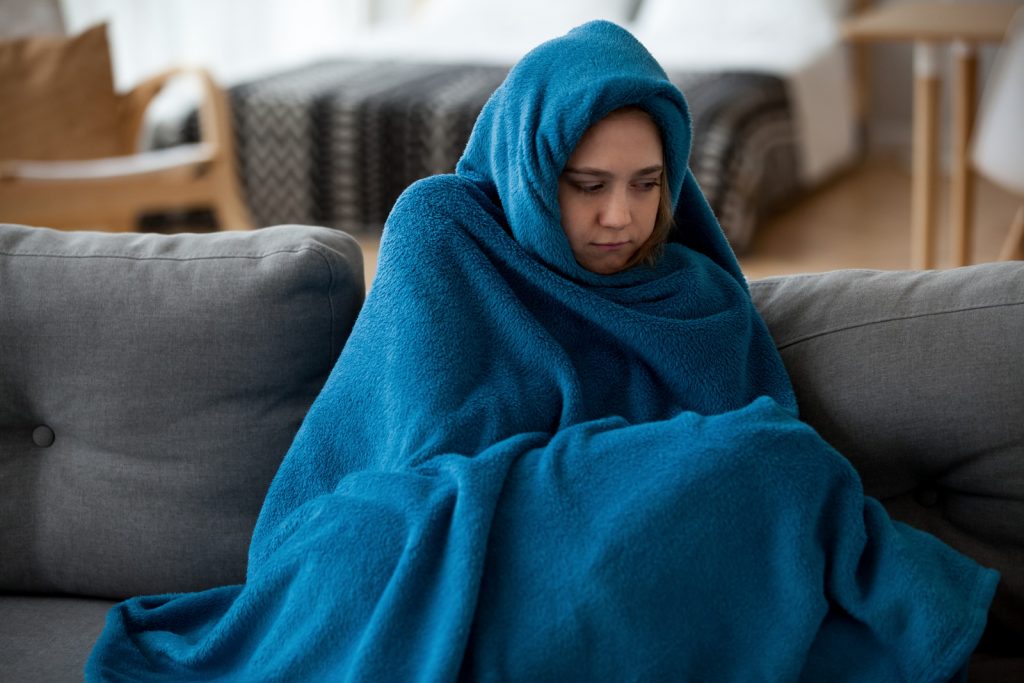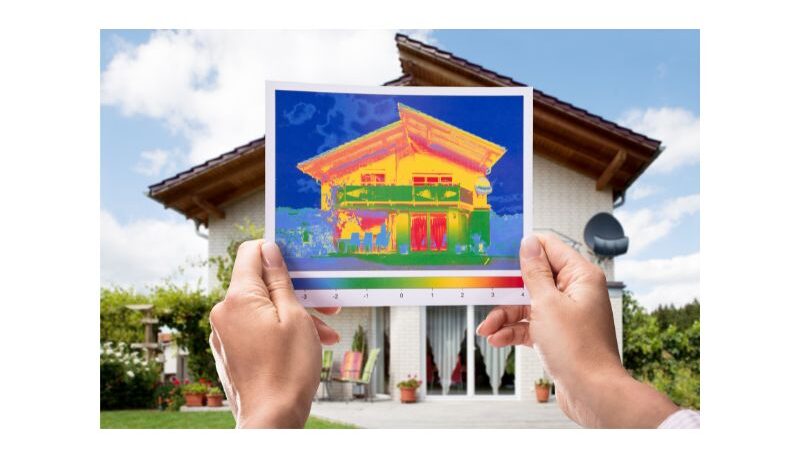In this post, we will analyse what defines an unhealthy room temperature and address the repercussions of living in an atmosphere that is too hot or too cold.
An unhealthy room temperature is one that is either too hot or too cool for human comfort. It may have a severe impact on our health and well-being, and it can even be deadly if the temperature rises to unsafe levels. A healthy room temperature is an essential part of home comfort since it may assist to reduce disease, weariness, and other negative health impacts.
What is an unhealthy room temperature?
It is generally considered unhealthy for the room temperature to be too hot or too cold for an extended period of time. Extreme temperatures such as higher than 26°C or below 13°C can cause discomfort and can potentially lead to health problems such as heat stroke or hypothermia. It is important to keep the room at a comfortable temperature to maintain good health and well-being.

The recommended room temperature for a UK house will depend on the time of day and the preferences of the occupants. In general, the recommended room temperature for a UK house is between 18-21 degrees Celsius (64-70 degrees Fahrenheit) during the day and between 16-18 degrees Celsius (61-64 degrees Fahrenheit) at night.
It is important to note that these are general guidelines and that the ideal room temperature can vary depending on personal preference and other factors such as age, activity level, and health conditions. Some people may prefer to keep their living space at a slightly higher or lower temperature.
What happens if a room is too hot or too cold?
As I mentioned, it is generally considered unhealthy for the room temperature to be too hot or too cold for an extended period of time. Extreme temperatures can cause discomfort and can potentially lead to health problems.
If the room temperature is too hot, it can lead to heat stroke, which is a serious condition that occurs when the body is unable to regulate its temperature. Symptoms of heat stroke include a high body temperature, dizziness, headache, rapid pulse, and fainting. If left untreated, heat stroke can be life-threatening.

On the other hand, if the room temperature is too cold, it can lead to hypothermia, which is a condition in which the body’s core temperature falls below normal. Symptoms of hypothermia include shivering, numbness, slurred speech, and difficulty moving. If left untreated, hypothermia can also be life-threatening.
You can read this published document regarding minimum temperature thresholds in the UK on the government website.
Maintaining good air circulation
It is important to maintain good air circulation in the room to ensure that the air quality is good. This is because proper ventilation can help to keep the air fresh and reduce the risk of respiratory problems.
Good air circulation is especially important in enclosed spaces where people spend a lot of time, such as homes, offices, and schools. Poor air quality can lead to respiratory problems such as asthma, allergies, and other respiratory illnesses.

There are a few ways to improve air circulation in a room:
- Open windows: When the weather is nice, it can be helpful to open windows to allow fresh air to circulate through the room.
- Use fans: Fans can help to circulate the air in a room and can be especially helpful in hot weather.
- Use air purifiers: Air purifiers can help to remove pollutants and other contaminants from the air, which can help to improve air quality.
- Keep the room clean: Keeping the room clean and free of dust and other debris can also help to improve air quality.
It is important to pay attention to the air quality in your living space and take steps to improve it if necessary. This can help to ensure that you and your family are breathing clean, fresh air and reduce the risk of respiratory problems.
In general, it is a good idea to pay attention to your own body and try to maintain a comfortable temperature in your living space. If you are feeling too hot or too cold, it may be a good idea to adjust the temperature or use a fan or heater to create a more comfortable environment.

Ways to stay warm in cold weather if you can’t afford the cost of heating
Wear layers
Wearing layers of clothing can help to trap heat and keep you warm. Opt for warm fabrics such as wool or fleece, and make sure to cover your head, hands, and feet.
Use blankets
Keep plenty of blankets on hand to stay warm when you’re sitting or sleeping. You can also use blankets to cover windows and doors to help insulate the room.
Drink hot beverages
Drinking hot beverages such as tea or cocoa can help to warm you up from the inside out.
Cook and bake
Using the oven or stove to cook or bake can help to heat up the kitchen, which can help to warm the rest of the house as well.
Exercise
Exercise can help to increase your body temperature, which can help to keep you warm.
Close off unused rooms
If you have rooms in your home that you aren’t using, close the doors and windows to help keep the heat in the rooms you are using.
Use draft stoppers
Draft stoppers can help to block cold air from coming in through gaps around windows and doors.
Use a space heater
If you have access to a space heater, you can use it to heat a small area of your home. Just be sure to follow the manufacturer’s instructions and use it safely.
It is important to note that these are just a few ideas and that there are many other ways to stay warm in cold weather. It is always a good idea to dress warmly, stay hydrated, and take care of your overall health to help stay warm and healthy during the cold winter months.
Read related articles:
- 14 Ways To Quickly Warm Up A Room In Winter
- Why is my home so cold?
- Tips To Keep Your House Cool in Hot Weather
*The information in this article should be used for general guidance only and not as financial or health advice. Full details are on the link in the footer to our disclaimer page. Always discuss your requirements with a competent and suitably qualified professional before undertaking any work.
